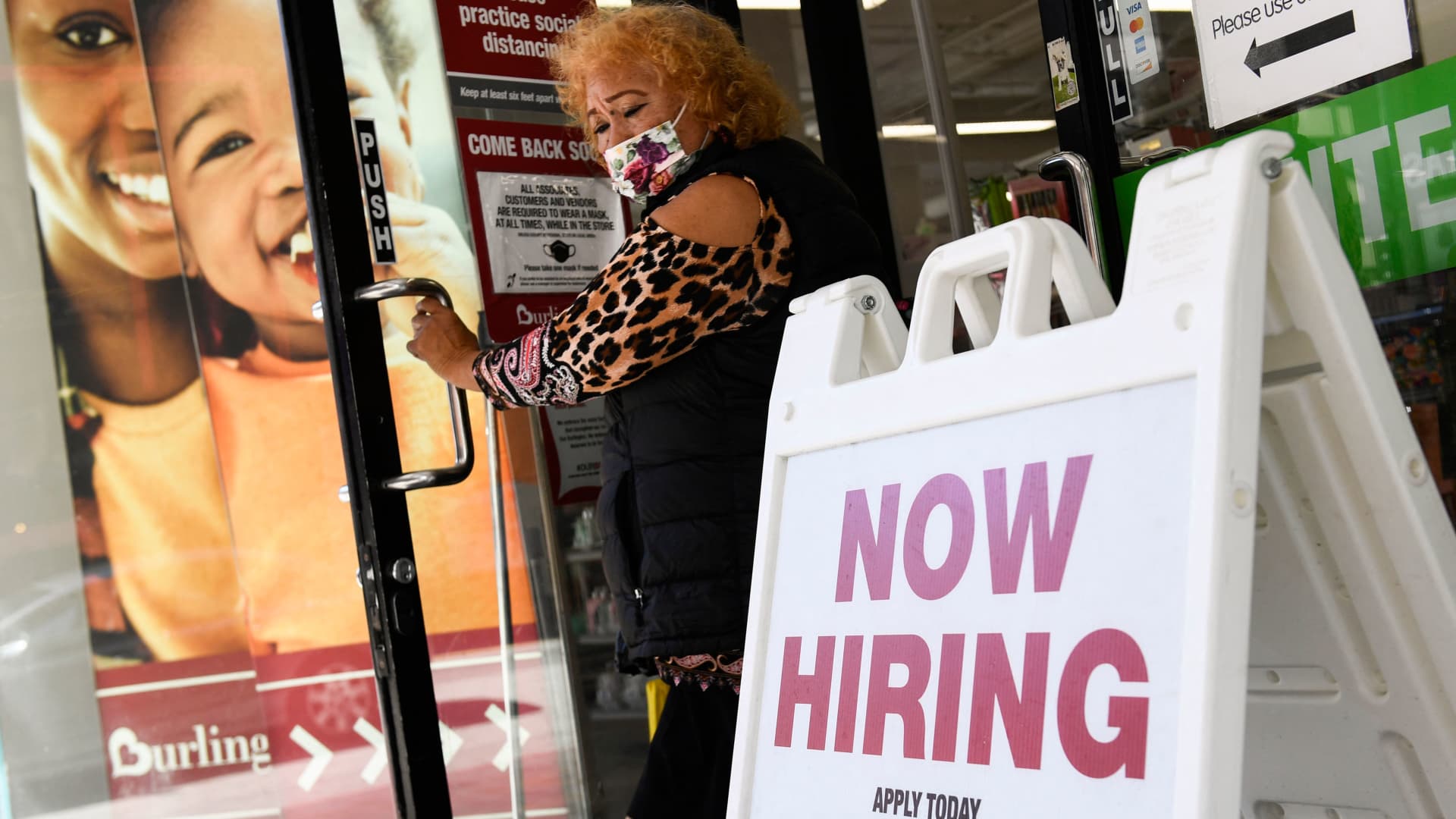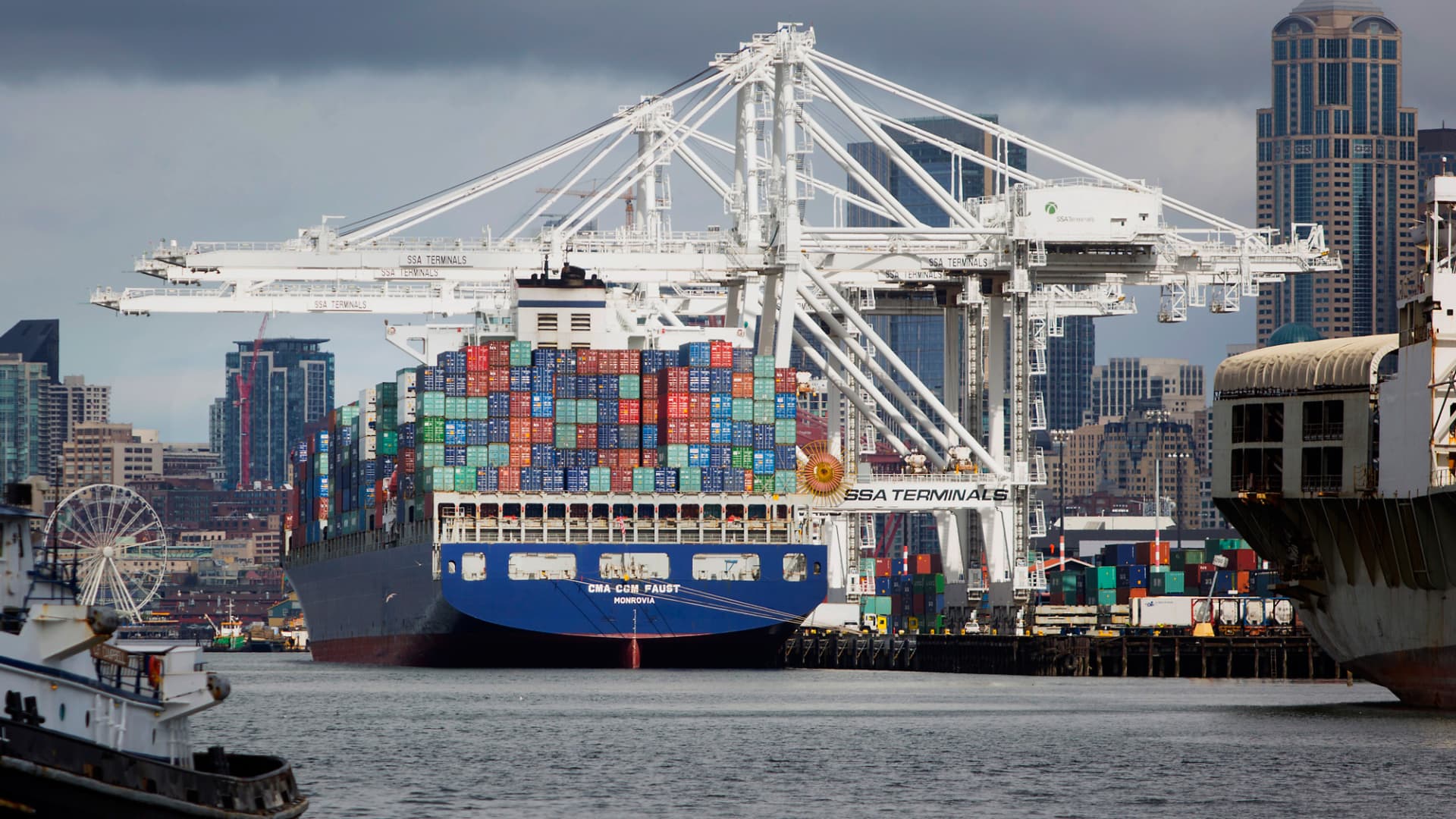Iraqi Resistance Traced To Network: U.S. Officials
They further claimed that the Iraqis retained the equipment provided to them by the former regime, noting that although the hierarchical structure of Saddam’s security and political agencies had been broken, the relationships among secret police, intelligence officials and Baathists endure.
The group entrenched themselves in the central Iraqi city of Fallujah dominated by Sunni Muslims, the officials said.
"The Return is one of the facets of resistance. It is mainly former security forces. They come in and shoot an RPG [rocket-propelled grenade] and race out of town before we can get a shot off," said Capt. John Ives, from the 2nd Brigade of the 3rd Infantry Division.
"It’s harder for us to identify them. People in Fallujah don’t know who they are," he added.
"The Return is operating here…They are people who had power under the old regime. They have the weapons to cause trouble. They dream of coming back," said Taha Bedaiwi Alwani, the U.S.-supported mayor of Fallujah.
Maj. Gen. Ray Odierno, commander of 4th Infantry Division, recently identified the Return as one of the groups organizing attacks against U.S. troops. The others were the Snake Party and the New Return. But he called the assaults on U.S. troops "militarily insignificant."
A report by IslamOnline.net June 14, from the Iraqi capital, citing eyewitnesses and Iraqi doctors, however contradicted the claims of the U.S. officials about the sources of Iraqi resistance.
"But, they are not Baathist officers. They opposed Saddam regime but they more strongly oppose the American occupation of their country," Abu Khaled told IOL.
He anticipated that the resistance of the American occupation has not yet gained its full momentum and is just at the very beginning.



